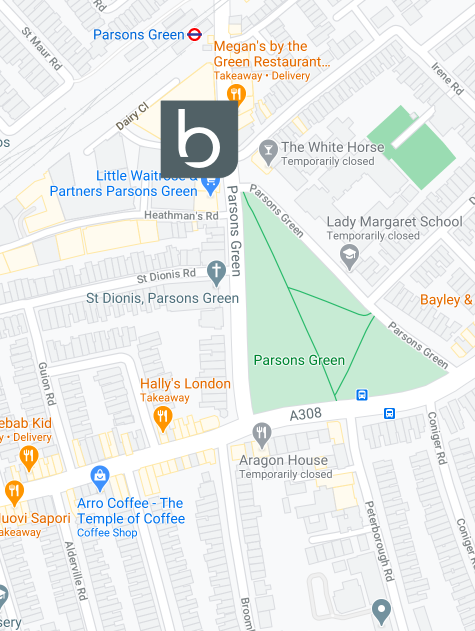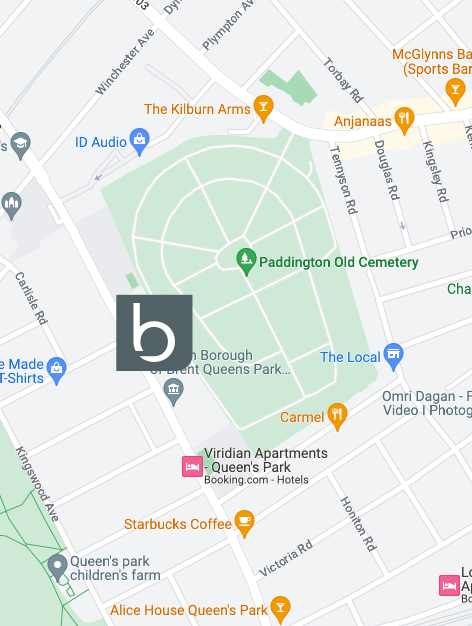
Close
Enquiry
Please see contact information below or complete the form and we will get in touch with you.

Parsons Green
3rd Floor Brigade House
8 Parsons Green
London
SW6 4TN

Queens Park
2nd Floor
105-109 Salusbury Road
London
NW6 6RG
The skinny on burning fat – the same recipe doesn’t apply to all.

Ask a bunch of gym goers what the best exercise is for burning fat, and you’re quite likely to receive conflicting answers. Ask the same question to a group of gym instructors and you may end up equally as confused.
Answers such as long steady cardio, circuits, weight training, and high intensity interval training are all popular, yet they are all very different in how they challenge the body. So why is there such variance in beliefs? And why despite exercise participation being more popular than ever, has the simplest of questions yet to arrive at one simple answer?
The truth of it, and the reason for such doggedly held yet differing beliefs lies in the fact that when it comes to burning fat different modes of exercise will be more effective for some than they will for be others and this largely depends on the individual’s fitness profile at the outset.
By understanding the way the human body derives energy for exercise, and how the various modes of exercise have an impact on fat burning, this concept is easier to digest.
Steady State Cardio
Long duration, low intensity cardiovascular training improves what is known as the ‘aerobic energy system’. Energy is derived by burning fat in the presence of oxygen during the workout, and over time this energy system becomes more efficient at burning fat as central and peripheral adaptations occur to extract and utilise more oxygen from the air.
examples: power walking, jogging, long bike rides and working out on the cross trainer
Pros:
-
- Very specifically uses fat for fuel
- Improves fat burning efficiency
Cons:
-
- Due to low intensity, total calorie burn can be quite low
- Time consuming, and for some people, tedious
- Post exercise heart rate and metabolic rate increases can be minimal
High Intensity Cardio
When exercise intensity increases, and the aerobic energy system is unable to keep up with demand, we become more reliant on burning stored sugars for energy. Glucose molecules from food group together to form glycogen which is stored in the muscles, liver and brain, and can be drawn upon when needed. The beauty of this energy system is that it can provide energy quickly as it is not reliant on utilising oxygen, and thus is known as the ‘anaerobic energy system’ However, this type of energy is also not heavily reliant on fat either, hence the commonly held belief that in order to be lean, exercise must be performed at low intensity.
examples: high intensity running, boxercise and spin
Pros:
-
- Total calorie burn can be high
- For those with a good aerobic base as total energy burn goes up, total fat burn may also go up
- Burning glycogen stores encourages greater storage of food energy back into the muscles rather than the fat cells which is good for decreasing fat stores
- Exercise duration is shorter and more manageable
- Endorphin “high” is often greater
- The increase in post exercise heart rate and metabolic rate lasts for longer
Cons:
-
- Those who have a low aerobic capacity will rely heavily on burning glycogen, hence fat burn for those individuals may be minimal
- Not so beneficial for improving fat burning efficiency
Note: the point at which an exercise becomes predominantly anaerobic is a very individual thing. It is perfectly possible that by performing only High Intensity Exercise you may fall into the category of ‘FIT but FAT’ as your body becomes super-efficient at breaking down stored sugars from High Intensity Exercise, but with a lack of an aerobic base and the resultant fat burning efficiency, the impact on fat stores and leanness maybe minimal.
Circuit Training
Circuit training involves performing a group of exercises, be it bodyweight, resisted or both, with the aim of keeping the heart rate elevated whilst strengthening and toning the whole body. Circuit training typically involves performing exercises for an agreed amount of time before moving onto the next exercise after an agreed amount of rest.
Pros:
-
- Exercise intensity can be quite high thus total calorie burn can be high
- Working the whole body is helpful for burning peripheral glycogen stores, thus encouraging greater energy storage from food back into the muscles rather than the fat cells
- Exercise duration quite manageable and variety of exercises makes adherence easier
Cons:
-
- The start-stop nature of circuits means the exercise bout is more likely to be predominantly anaerobic. As intensity levels will go up and down and a lower intensity level is difficult to maintain
Weight Training
Weight training or resistance training isn’t often thought of as a mode of losing body fat. However there are a number of considerations that should be taken into account before dismissing it. Firstly, not only is weight training great at burning off stored muscle glycogen and encouraging energy from food to be stored as glycogen and not fat. Weight training can also stimulate testosterone and growth hormone production both of which can help to maintain muscle mass during weight loss.
Pros:
-
- Good for driving energy storage from food into the muscles
- Good for maintaining metabolically active muscle during weight loss
Cons:
-
- Has little impact on cardiovascular fitness, aerobic or anaerobic
High Intensity Interval Training (HIIT)
HIIT is an extreme form of circuit training designed to maximise the elevated post exercise oxygen consumption (EPOC). The idea is that by exercising at extremely high intensity levels, you will burn more calories for an extended period of time after exercise, resulting in increased fat loss.
Pros:
-
- Workouts are very short
Cons:
-
- Not appropriate for beginners as heart rate elevations can be extreme
- Conflicting research on the effectiveness of HIIT at generating EPOC, and its effect on body fat reduction
So as can be seen by the explanation of the varied effect of different exercise modes, there is sadly no ‘one size fits all answer’ to this conundrum. Most forms of exercise have some kind of potential benefit in aiding with body fat reduction, be it by directly impacting fat burning efficiency, or by having a greater over all energy cost, by stimulating muscle preserving hormones and driving food energy into the muscles cells, or by having an increased post exercise ‘afterburn’ effect.
And that in essence is the challenge to any personal trainer. If one imagines that fitness and all its elements are like a jigsaw puzzle, it’s a personal trainers job to give you pieces of the puzzle you don’t have, and that is a very individual thing. As trainers we meet so many people who favour one form of exercise over another, yet struggle to get lean. For those who are aerobically fit, performing some higher intensity exercise often has a dramatic effect on leanness. And for those who jumped straight in at the higher end with spin and circuits, often it’s the low intensity aerobic base they are lacking.
If getting lean is your goal, rather than following the social media and popular press trends, arrange a consultation with an experienced personal trainer to discuss your exercise history, and try to create a training routine that’s bespoke to you, You may find that with your efforts aimed in the right direction, you too can get the leaner body you’ve been hoping for!
-Matt Scott

